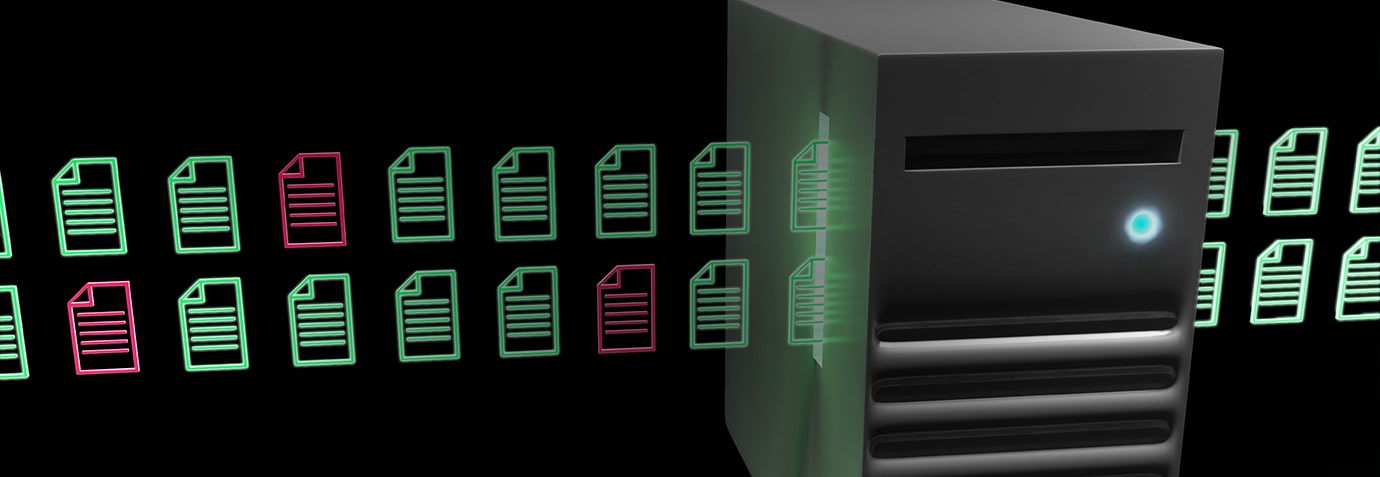

Of the transfer, the origin and destination of the files, and the number of bytes transferred. If automatic file transfer is not enabled, select from the transfer manager the files you wish to transfer and then click theįrom the transfer manager, select a file and then click the Details button to view information such as the date and time If automatic file transfer is enabled, transfers will begin as soon as the upload or download button is clicked orĪ file is dragged from one file system to the other. The date and time when it was transferred. If this option is disabled, the file’s timestamp will reflect Preserving file information will keep the file’s original timestamp. Note that if the content of the files is identical, the upload will be skipped and will result in a warning message. Upload/download files to/from DropBox, Box, OneDrive, and GoogleDrive. Upload/download files to/from FTP/SFTP/FTPS servers. Respond by automatically overwriting the existing file, canceling the transfer, or prompting for each file of identical name. Most secure file download/upload tool for business and professional users. If a file of the same name already exists in the location to which you are attempting to transfer a file, choose whether to You can also drag and drop files to transfer. Select one or more files or directories and then click the appropriate button to upload the files to the remote system orĭownload to your local system. Note that deleting a file or folder permanently deletes it. Refresh your view of the selected file system.ĭelete a directory or file. Go up a directory in the selected file system. Stop access to the remote device’s file system when it is no longer needed. Right-clicking on a file brings up a context sensitive menu from where you can, among other things, create a new directory, rename, open, or delete the file, or download it directly to your machine.

Transfer files by using the upload and download buttons or by dragging and dropping files.
#Transfer filr update
The customer can then grant access when prompted in the Customer Client, and the representative is directed to the correct panes in Settings to update the permissions. We can transfer files with the Copy-Item which is, by far, the most common but we’ve also got some cmdlets to transfer files via BITS. File system access may also be restricted to certain paths on the remote or local system, thereby enforcing that uploads or downloads occur only in certain directories.įor macOS Catalina (10.15)+ systems, if screen sharing is not enabled, click the banner at the top of the File Transfer tab to prompt the customer for permissions to transfer files. In PowerShell, we’ve got a few ways to transfer files.
#Transfer filr full
You do not need to have full control of the remote computer in order to transfer files.ĭepending upon the permissions your administrator has set for your account, you may be allowed only to upload files to the remote system or to download files to your local computer. Ensure management and control over your business-critical file transfers by consolidating them all on.
#Transfer filr software
Remove-Item -Path $zipFile.File Transfer to and from the Remote Systemĭuring a session, privileged users can transfer, delete, or rename files and even entire directories both to and from the remote computer, or from the remote device and to or from the device SD card. Secure Managed File Transfer Software for the Enterprise. Let’s build a PowerShell function that’ll act as our scaffolding: function Move-Stuff We’re here to build a tool in PowerShell that would seem overkill if performing a simple copy but when it comes to making copies of critical data, there’s no amount of safeguards that are too many. We’re here today to talk about the second approach.
#Transfer filr upgrade
One day you might be at home copying over some MP3s to your personal computer and the next you’re at work performing an application upgrade copying over critical files to keep the business running. A detailed guide on creating a FTP script in PowerShell to move files between servers.įile transfers are not created equal and are of varying importance.


 0 kommentar(er)
0 kommentar(er)
